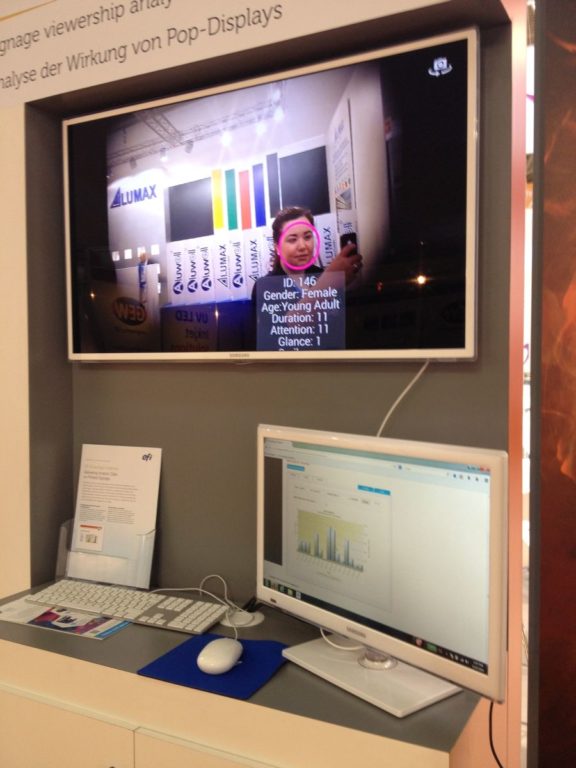Some rights reserved by turkletom
Having worked at AD for a few months now, I’ve come across a lot of technology and jargon that I’ve never seen before. One of the most fascinating to me is the idea of augmented reality – in which the lines are blurred between what is real and what is computer generated and enhances what we see, hear, feel and smell.
By the year 2020, it is predicted that there will be 50 BILLION objects that will link to the internet. From smartphones, tablets and TV’s through to fridges that will be able to tell you what you can make with the ingredients you have, or when something needs to be replaced, this technology will only increase in sophistication.
Within print, an app called Layar is changing the way we look at media – one can scan a page and then be linked to the latest podcast, ticket or update related to the content and in some regions it can even take a picture of the street you are on and recommend nearby amenities.
Another interesting example is a collaboration between IBM and Tesco – they are developing an app which will allow them to take a picture of a shelf in-store and compare it to a planogram; the app will then spot the discrepancies and suggest whether stock should be ordered, cancelled or simply re-arranged.
For those remembering the scene in Back to The Future where the McFly family wear glasses with projecting screens, Google Glass is the gizmo that came true. A wearable technology that (whilst in its infancy) is already heading down the augmented route – a small screen in your field of vision allows you to take pictures and use specially designed apps – including Blippar, an app which will allow users to explore interactive ads via image recognition. So, you can be wearing your Glass walking down Oxford Street and all of a sudden interact with billboards through an AR sequence, including games, quizzes and promotions.
The only question left now is…when will hoverboards be invented?
